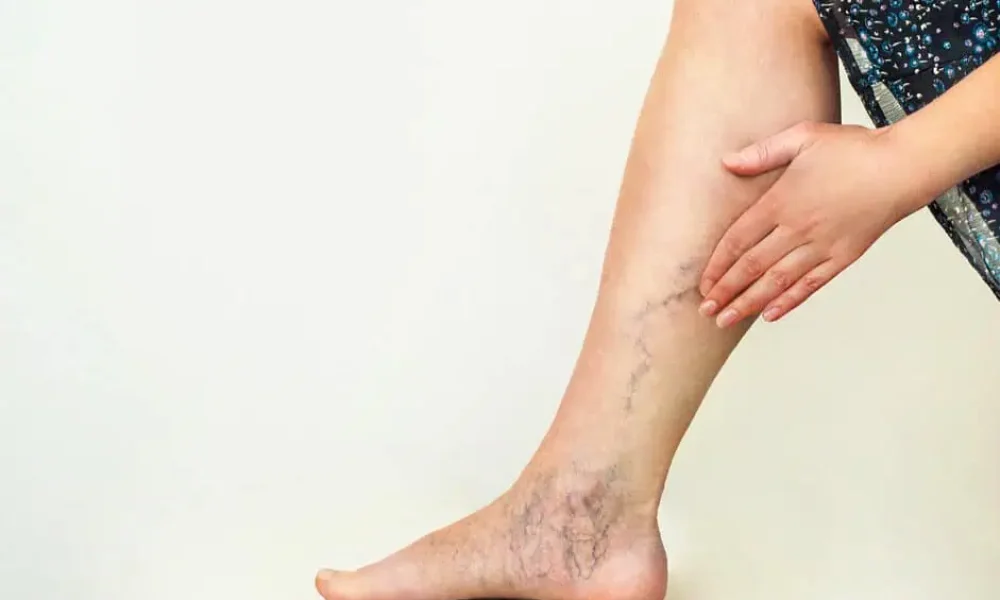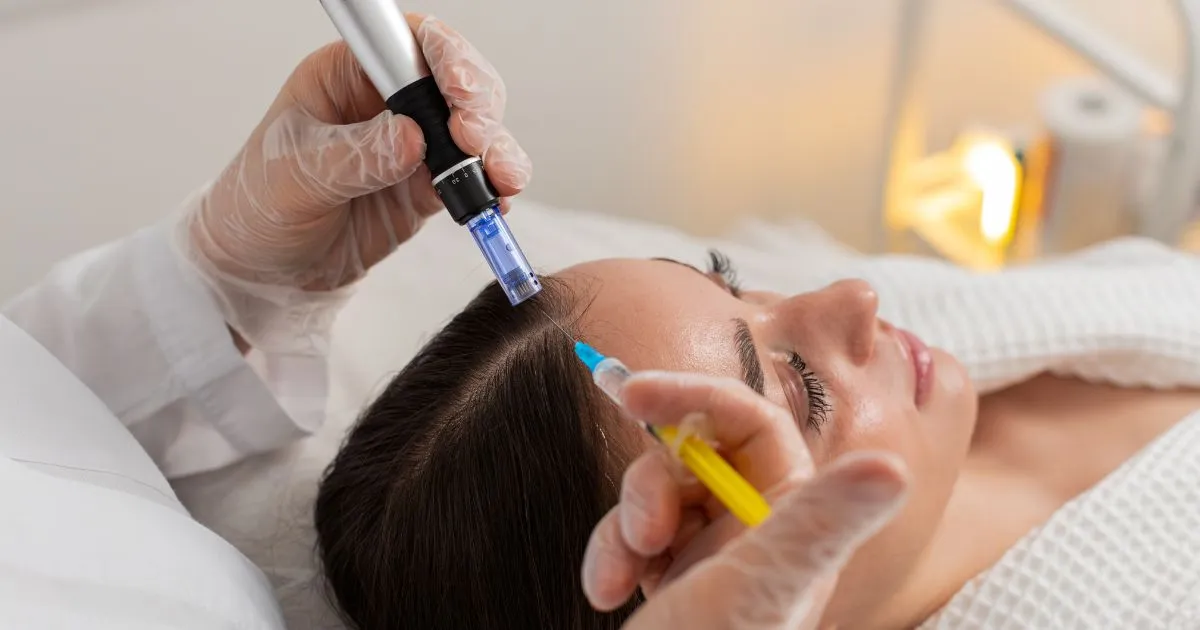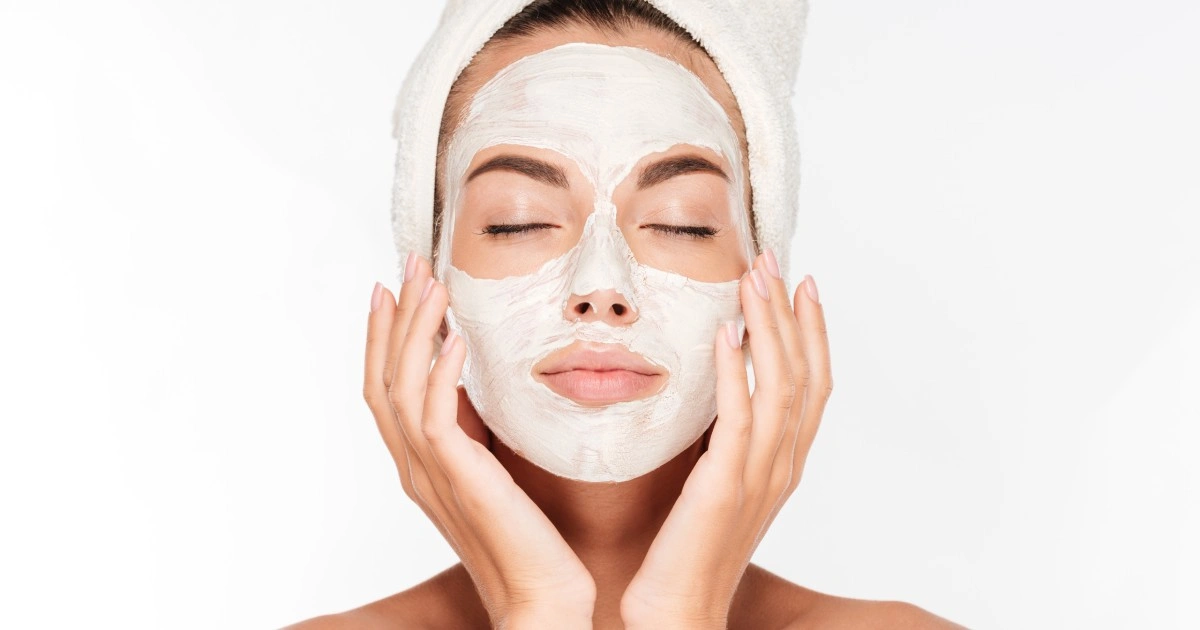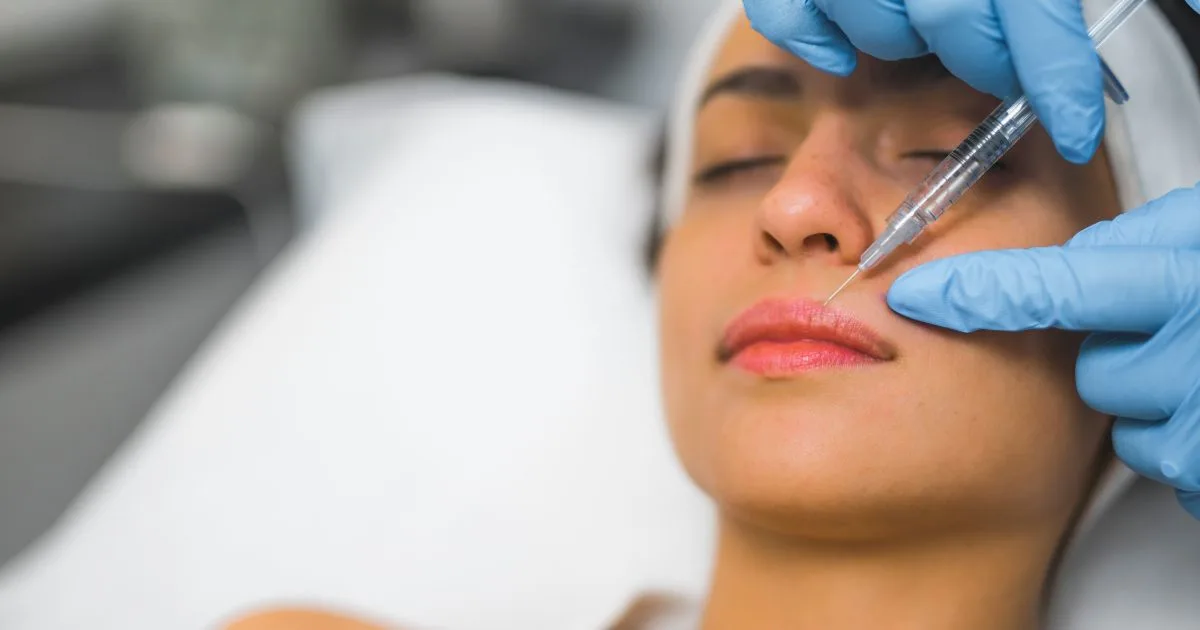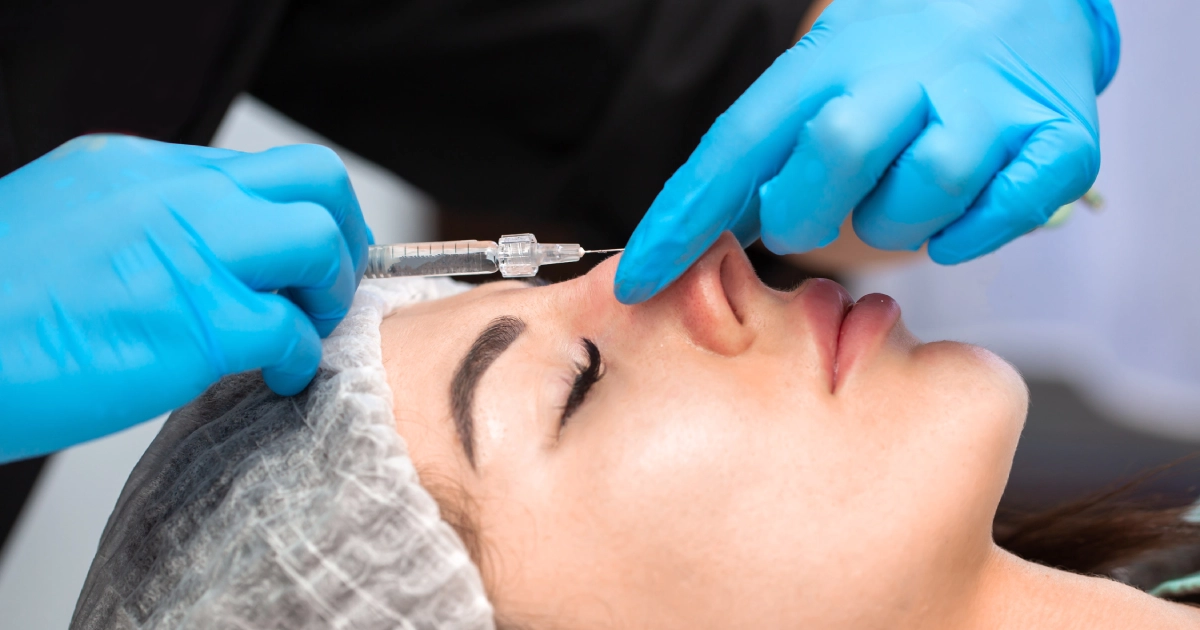Millions of people, especially women, suffer from spider veins. Usually blue, red, or purple in color, these thin, web-like veins cause physical and aesthetic discomfort on the legs, hips, ankles, and feet.
Despite being generally harmless, spider veins can itch, burn, or ache. Most of the time, they just make people feel self-conscious. Fortunately, there’s a non-surgical way to reduce spider veins called sclerotherapy. But when is the right time to seek treatment? Here’s what sclerotherapy is, how it works, and when it might be right for you.
What are the causes of spider veins?
Knowing about spider veins and their cause is critical before delving into available treatments. Telangiectasias, another name for spider veins, are tiny, dilated blood vessels that are located near the skin’s surface. They can arise from a number of causes and frequently take the form of a web. These causes may include:
- Genetics: A family history of spider veins can increase your risk of developing them.
- Hormonal Changes: Pregnancy, menopause, and hormonal treatments can contribute to the development of spider veins.
- Prolonged Standing or Sitting: Jobs requiring long standing or sitting periods can lead to poor blood circulation in the legs, increasing the likelihood of spider veins.
- Aging: As we age, the valves in our veins weaken, making it harder for blood to flow upward toward the heart. This may result in blood clotting in the veins, which can give the appearance of spider veins.
- Sun Exposure: Excessive sun exposure can damage the skin and blood vessels, especially on the face, leading to the formation of spider veins.
While spider veins are not typically a serious medical concern, they can be unsightly and cause discomfort. If you’re struggling with spider veins and looking for a solution, sclerotherapy is a proven, minimally invasive treatment that can help.
What Is Sclerotherapy and How Does It Work?
For decades, people have been using Sclerotherapy Therapy without surgery to lessen the appearance of unsightly veins. During the process, a sclerosing agent or other specific solution is injected directly into the damaged veins. This solution damages the blood vessel lining, which leads to the blood vessels collapsing and the body finally absorbing them. The skin becomes smoother and clearer once the treated veins disappear.
This simple process normally takes less than half an hour. Anesthesia is unnecessary, and most patients can get back to their regular activities right away. Sclerotherapy is most commonly used for spider veins on the legs but can also be effective for treating small varicose and reticular veins (the larger blue or green veins just beneath the skin).
Benefits of Sclerotherapy for Leg Veins
There are several reasons why sclerotherapy is considered one of the most effective treatments for spider veins:
- Minimally Invasive: Sclerotherapy does not require surgery, making it convenient for those seeking a quick solution with minimal downtime.
- Effective Results: Most patients see significant improvement after just one treatment session, though some may require multiple sessions depending on the severity of their spider veins.
- Enhanced Appearance: By reducing the appearance of spider veins, sclerotherapy helps patients feel more confident and comfortable in their skin.
- Improved Comfort: In addition to cosmetic benefits, sclerotherapy can alleviate the discomfort associated with spider veins, such as itching, burning, and aching.
When Is the Right Time to Seek Sclerotherapy for Spider Veins?
Deciding when to seek treatment for spider veins can be influenced by several factors. Here are some key considerations:
Visible Appearance of Spider Veins: If you notice spider veins becoming more prominent and affecting your confidence, consider sclerotherapy. Many patients opt for this treatment when their spider veins start impacting their wardrobe choices or when they feel self-conscious in shorts or swimsuits.
Discomfort or Pain: While spider veins are typically painless, some individuals experience aching, itching, or a burning sensation around the affected area. If you notice these symptoms, sclerotherapy could provide cosmetic and physical relief.
Lifestyle and Timing: Many people undergo sclerotherapy during the fall or winter. This timing allows for adequate healing before the warmer seasons when shorts, skirts, and swimsuits are more commonly worn. Additionally, compression stockings, often recommended after treatment, are more comfortable to wear in cooler weather.
Preventing Progression: Spider veins can worsen over time if left untreated. If you’ve noticed an increase in the number or size of your spider veins, it may be wise to seek treatment sooner rather than later. Addressing them early can prevent the condition from worsening and reduce the need for more extensive treatments in the future.
Health and Medical Conditions: Certain medical conditions, such as chronic venous insufficiency, can contribute to the development of spider veins. If you have a condition that affects your circulation, treating spider veins early with sclerotherapy can help manage symptoms and improve your overall vascular health.
How Sclerotherapy Compares to Other Non-Surgical Spider Vein Treatments
While sclerotherapy is one of the most popular treatments for spider veins, it’s not the only option available. Here’s how it compares to other non-surgical spider vein treatments:
Laser Therapy: Laser treatments use focused light to heat and damage the targeted veins, causing them to fade over time. Laser therapy is often recommended for smaller spider veins, particularly on the face. However, it may be less effective for larger veins on the legs compared to sclerotherapy.
Radiofrequency Ablation (RFA): RFA uses heat generated by radiofrequency energy to close off the affected veins. While it’s more commonly used for larger varicose veins, it can also be an option for some cases of spider veins. RFA typically requires local anesthesia and is more invasive than sclerotherapy.
Overall, sclerotherapy remains the gold standard for treating spider veins, especially on the legs, due to its proven effectiveness, minimal downtime, and relatively low cost compared to other treatments.
Are You a Good Candidate for Sclerotherapy?
Sclerotherapy is suitable for most individuals dealing with spider veins, but certain factors can influence whether you’re a good candidate for this treatment. You may be an ideal candidate if:
- You are in good overall health and do not have any serious medical conditions that affect your veins.
- You are not pregnant or breastfeeding, as sclerotherapy is typically not recommended during these times.
- You have realistic expectations about the treatment’s results. While sclerotherapy can significantly reduce the appearance of spider veins, it may not eliminate them in one session.
- You are prepared to adhere to post-treatment care guidelines, including wearing compression stockings and refraining from specific activities while your body recovers.
It’s important to consult a qualified specialist like those at The Best Injector, who can evaluate your situation and recommend the best course of action.
Conclusion
Sclerotherapy is a tried-and-true method for treating spider veins, offering cosmetic and physical benefits. By understanding when to seek treatment and what to expect during the process, you can decide whether sclerotherapy is right for you.
Ready to take the first step? Contact us at The Best Injector today to schedule your consultation and learn more about how sclerotherapy can help you achieve smoother, clearer legs.


